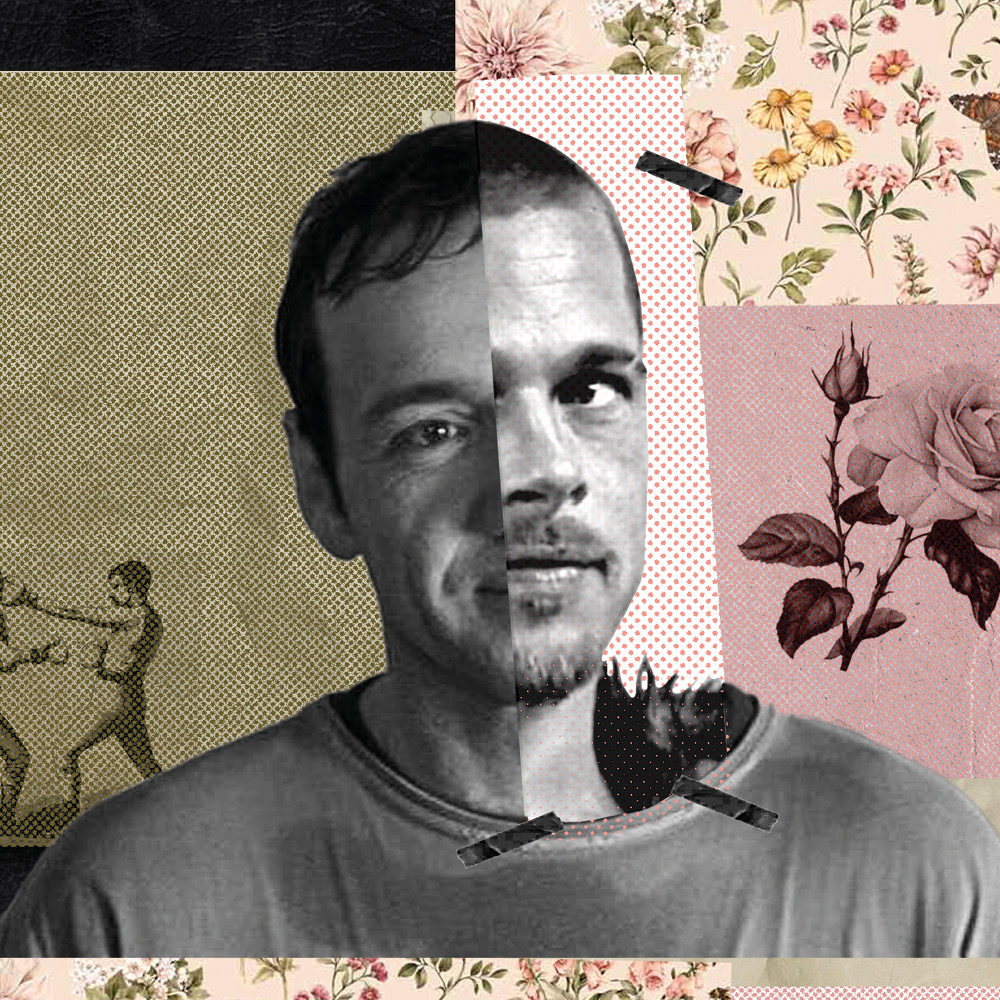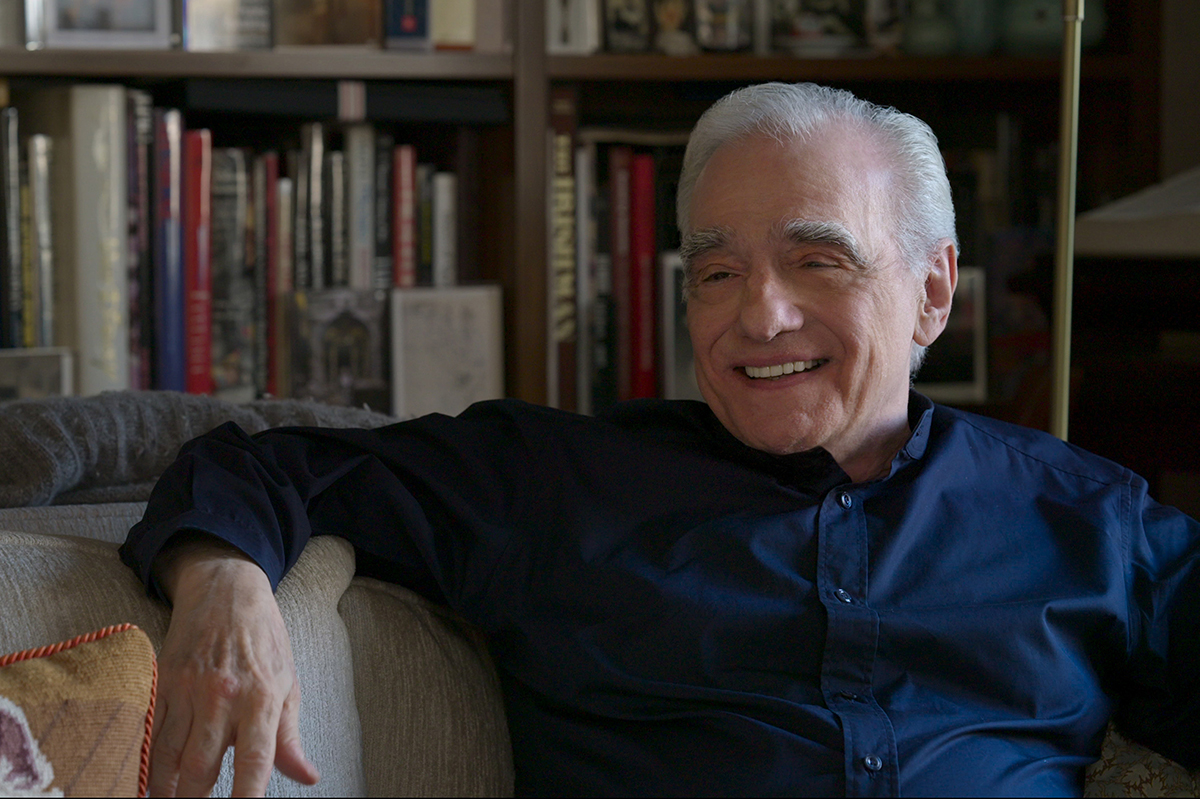Sound the alarm: hypermasc beefcakes all over the world have an anniversary to celebrate! Beware women, children and the effete, this year marks the twenty-fifth birthday of both David Fincher’s notorious psychodrama Fight Club, adapted from the debut novel by Chuck Palahniuk, and Sam Mendes’s equally notorious American Beauty, which has gone from Oscar-winning acclaim to being a punchline on chat shows and animated comedies alike.
If you haven’t seen Fight Club, shame on you. Go to Hulu and binge away. Revel in its anarchic ludicrousness and head-to-head carnage; inhale the feculent atmospheres of Lou’s Tavern and Tyler’s dilapidated mansion house, all tied together through Fincher’s iconic desaturated color palette. It is all too easy to taste the blood, sweat and tears.
Fight Club stars Edward Norton as a downtrodden, insomniac office worker with a penchant for gatecrashing support groups for the terminally ill. He chances to meet Brad Pitt’s ultraconfident and recklessly charismatic soap-maker, Tyler Durden. This particular traveling salesman is not an anodyne and cutesy Everyman, but a psychopath who, when he isn’t selling rich women’s liposuctioned fat back to them in the form of high-end soap, spends his days scheming toward the production of “bad-boy” bombs.
Although lengthy at 137 minutes, the movie remarkably never drags. Commendably, not a single scene feels redundant or misplaced. This is in part down to Fincher’s obsessive attention to detail; he’s famous for averaging as many as over sixty takes per scene. The result is a picture where the technical precision is as admirable as the swaggering central performances.
Considering that today Fight Club is an acknowledged cult classic, it’s easy to forget that the film wasn’t warmly received on its release in 1999 — it bombed at the box office. Its afterlife has been nothing if not tentacular, reaching phenomenally broad acclaim among critics, mainstream viewers and even momfluencers. A helpful blog on “What motherhood could learn from Fight Club” offers insights into how moms can soak up the film’s kernels of unhinged wisdom: “When you have insomnia, you’re never really asleep… and you’re never really awake.” For playdates, the sixth rule of Fight Club is highlighted as particularly handy: “no shirts, no shoes.” You wonder how the keyboard warriors who lurk on Reddit and 4Chan might handle the notion that one of their “dangerous” “key texts” can be equally useful to sleep-deprived mommies; the response would be, ironically, fewer fisticuffs, more demented paroxysms.
When Fight Club was released, it was plagued by charges of chauvinism and pig-headed brutality, accusations that linger. Unfortunately, its reputation these days is predominantly as a recruiting poster for niche alt-right incel circles. Last year, Fincher even felt required to launch a public defense, arguing that he is “not responsible” for the dark corners of the internet misappropriating his testostraganza’s message. He sighed that “it’s impossible for me to imagine that people don’t understand that Tyler Durden is a negative influence… People who can’t understand that, I don’t know how to respond and I don’t know how to help them.”
The main impression on rewatching Fight Club a quarter-century later is how funny — and determinedly, profoundly unserious — the whole pugilistic shebang is. That the alt-right has gobbled it up without a hint of gag reflex only proves that it is in serious need of a sense-of-humor-check: Fight Club’s true genius lies in the fact that it wears its absurdity on its blood-splattered sleeve. This is a film that offers up such lines as “I felt like putting a bullet in every panda that wouldn’t screw to save its species” while histrionic music plays in the background. The Narrator whiles away the hours at work writing “little Haiku poems” and emailing them to his colleagues: “Worker bees can leave / Even drones can fly away / The Queen is their slave.” Matsuo Bashō would suppress a wry smile.
The film acts as a brilliant parody of masculinity and its discontents while also touching on the point that male aggression must find not only productive outlets but fun ones. “Project Mayhem” — the campaign of mischief launched by Tyler and his army of minions — is, at least in its initial stages, just callous pranking rather than terrorism.
Of course, those real-world incels who idolize Tyler’s macho cool would actually mow down those poor pandas if they got out of their basements. It’s a shame they don’t read more Carl Jung like Jordan Peterson, godfather of the manosphere, keeps telling them to. Not only would they garner a better insight into the story’s core but they might just mellow a little. As Uncle Jordan argues, Fight Club may be a “celebration of force,” but it is also a “really interesting exploration of [Jung’s idea of] developing the shadow.” In this case, the Narrator’s repressed feelings of inferiority are writ large in the form of vehicle-of-violence Tyler, and the way in which these feelings are integrated leads to the film’s unforgettably black-humored finale.
Fight Club’s enduring appeal lies in its comedy of manners rather than the blood and guts pugilism. What gives it its heart, soul and belly laughs is the captivating love triangle between the Narrator, Tyler, and the mordant chain-smoker Marla Singer (played by Helena Bonham Carter). As the film’s screenwriter Jim Uhls put it, Fight Club is, in fact, an atypical romantic comedy. “It has to do with the characters’ attitudes toward a healthy relationship, which is a lot of behavior which seems unhealthy and harsh to each other but in fact does work for them.” Fincher compared the film to 1967’s The Graduate, which stars Dustin Hoffman in the throes of a quarter-life crisis which culminates in a romantic entanglement with an older woman and her daughter. As Fincher put it, Fight Club is the Nineties inverse — a coming-of-age story, but for men in their thirties.
Since the final scene depicts the Narrator standing hand in hand with Marla, awestruck at the detonation of high-rise banks across the cityscape — the climax of Tyler’s Project Mayhem — perhaps the dominant message of Fight Club is, soppily enough, love. Admittedly, it’s a love story wrapped in barbed wire as opposed to ribbons, with the final image of the film an erect penis subliminally projected onto the screen, but still.
Perhaps all the hubbub over whether Fight Club provides the kindling for the alt-right’s big misogynistic bonfire slightly misses the point. While Fight Club seems to be dragged through the mud yearly for its ambivalent attitude toward “toxic” masculinity, American Beauty — which beat it for best picture at the 1999 Academy Awards (also scooping up four more Oscars, including Best Actor for Kevin Spacey) — flies under the radar.
This is supremely odd considering that the masculinity on display in this tale of American suburgatory is far more pernicious. The plot focuses around Spacey’s middle-aged protagonist, Lester Burnham, and his salivation over his daughter’s high-school friend. Lester is a less well-written Humbert Humbert, whose pathetic attempts to win the attention of Mena Suvari’s narcissistic cheerleader, Angela Hayes, extend solely to taking up weightlifting and pot-smoking. American Beauty is in equal parts disturbing and appealing. Its visually sumptuous rose-petal motif has become iconic; the subplot of parental neglect in the lives of Jane Burnham and her boyfriend Ricky Fitts is truly moving. But behind all the extravagant stylization, it’s easy to ignore the grotesque morality on display.
There’s no doubt that Lester’s double-whammy of self-pity and perversion would invite condemnation if it occurred in real life. He would probably be in jail, or face the courts as Spacey himself recently had to, following accusations of sexual misconduct. It’s bizarre, then, that while Fight Club continues to weather criticism, broad swaths of pop culture still pay homage to American Beauty: its most peculiar callback came in the children’s cartoon, Gnomeo and Juliet, in which a rotund frog called Nanette lies seductively batting her eyelashes on a bed of those immodest rose petals.
In all honesty, the frog bit is pretty hilarious. But the double standard when it comes to Fight Club and American Beauty is a little vexing. Films and pop culture aimed at women are just as concerning. You only have to look at the pop singer of the summer, Sabrina Carpenter’s, recent Lolita-inspired photoshoot for W magazine. Is ephebophilia really more palatable than a punch-up?
So those bemoaning Fight Club’s bellicosity and American Beauty’s transgressive sexual content might remember that neither of the protagonists in these films were ever intended as exemplars: one is a dissociative schizophrenic while the other is a sex offender. Given the choice, though, Fight Club’s presentation of masculine rage and repression is clearly the more generous and sympathetic reading of its protagonist’s struggles. In American Beauty, you feel as though only Lester has his smug fill of fun. The best art plays with and challenges morality, doing so in darkly humorous ways. Fight Club’s achievement is that it lets us in on the joke.
People tend to forget that the first, unwritten rule of Fight Club is “don’t take it all so seriously.” A quarter-century on from both pictures, the handwringers of cinematic morality should grow up and smell the coffee.
This article was originally published in The Spectator’s November 2024 World edition.



















Leave a Reply